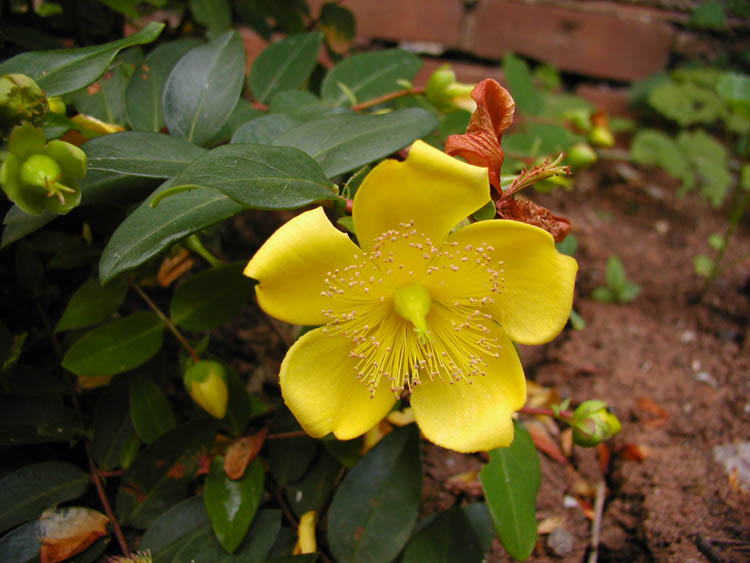major fail
Ouch.
A giant, blue bruise was forming. There was a long scratch on the front of the bruise. I instantly thought "Where's my arnica?" Luckily, I had some homeopathic tablets in my purse, and so I threw a few under my tongue.
But, oh it hurt. It hurt so much that when I got off the bus, I felt faint. The blood rushed from my head, and I felt weak in my knees from the shock.
I staggered across the street to the nearest bar and babbled nonsense to the host about ice and a bus and fainting. He backed away because he probably thought I was crazy, but went to the back of the restaurant and came back with a plastic bag full of ice. I thanked him and sat under a tree with the ice until I felt ready to stand.
Now, where to find something to put onto my owie?
Whole Foods to the rescue!
Luckily, Whole Foods was across the street, and so I limped to the first aid section of the store. Unfortunately, they did not have as much selection as I would have hoped. They had arnica, but I couldn't put that on my open wound. Muscle rub wouldn't help to disinfect the cut. The only thing I could find was Nelson's Cuts and Scrapes cream with Hypericum and Calendula.

The label claimed to promote rapid healing and help resist infection with help from calendula, and relieve pain specifically from cuts with help from hypericum. I slathered it on my leg and ate a cup of tapioca pudding to strengthen my nerves, and continued on with my day.
A little bit on hypericum. I was unfamiliar with the name until I did some research. Turns out it is just another name for St. John's Wort, and that it noted as one of the finest medicinal oils used for bruises, sprains, burns and other injuries. Way to go, spider-herbal-sense! It is also best known as a remedy for depression and anxiety, and is a valued treatment for damaged nerve endings caused by burns, wounds, and other trauma to the skin.
pretty St. John's Wort flower
Oh, and the flower of the plant is gorgeous. Look at that beautiful plant! It is sometimes used as an ornamental plant, but also grows as a weed in farmland and gardens. It can actually be quite a nuisance on range land, as it can cause problems to the cattle who may accidentally munch on it, causing them to abort their calves. It's a potent, mysterious, and strong plant.
A bottle of St. John's Wort oil, made from infusing virgin olive oil with the leaves and flowers, is a fantastic addition to any first aid kit, according to Rosemary Gladstar as well as other herbalists that I have met. If you can't find the fresh plant, the oil can be found at natural food stores. Just not at Whole Foods, apparently!
calendula flower
Calendula, also known as marigold, is a plant I have known since childhood. Mom always had a tiny container of calendula salve in the cupboard. It is a powerful yellow flower that helps to promote cell repair and acts as an antiseptic. It's used for bruises, burns, and sores. We would slather it on just about anything.
It can also be used internally for gastrointenstinal problems such as ulcers, cramps, indigestion, and diarrhea, and it also can be used to soothe the skin. The number of pages that this herb appears on in my Herbal Recipes for Vibrant Health is pretty impressive. It shows up in salves to treat fungal infections, in tinctures made to treat herpes, in a healing mouthwash used to prevent trips to the dentist, in an astringent used as a hair rinse or aftershave, in an herbal bath for babies, in a tea made to treat chicken pox or measles... ok, I need to stop. This was just a handful of the remedies I've found in my book.
I think you get the picture. Calendula is a MUST for any first aid kit.
Oh, by the way. Just look at my wound HOURS after I hit it on the bus. Do you see a bruise? I don't. It looked like this just 15 minutes after I took my arnica tablets and placed some ice on it. Just another leg saved by arnica.
A small bottle of homeopathic arnica montana is also a must for any herbal first aid. Or, I'd recommend carrying it with you in your purse. You never know when you'll get hit by a bus. Or hit a bus yourself.
As a review, in my first aid kit will go-
1. My calendula and St. John's Wort cream
2. My arnica tablets
In the future, I'll include a tea blend with calendula and other herbs for indigestion. I'll also include St. John's Wort oil or tincture for those injuries that need a little love.
I would say this was a good use of a bad injury. Share your own stories about arnica, calendula, or St. John's Wort by commenting here, or ask me any questions you like! I would love to hear from you.









